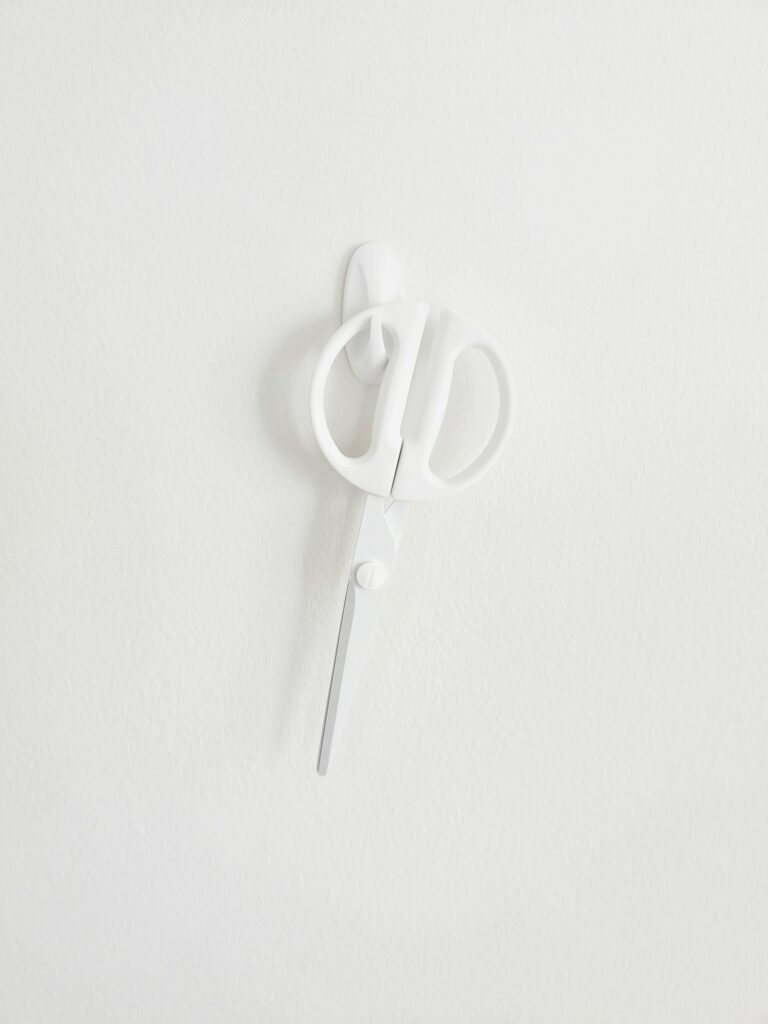The first meeting with your baby truly feels like the world stands still—only for a blink, and then suddenly, the delivery room comes alive with a flurry of purposeful actions. If you’re standing on the threshold of parenthood or awaiting a second arrival, a cascade of concerns inevitably arises: Will my baby cry immediately? What are the first actions performed at birth, and are they always the same? How will the team make sure nothing is missed? The answers lie in a careful sequence of steps designed to support, protect, and comfort your newborn from the very start. Let’s unravel these moments together and walk through the essential medical, emotional, and practical measures that frame those first breaths.
First moments: breathing, bonding, and medical vigilance
A sudden hush. Then, the gentle commotion—within seconds, the healthcare team shifts from anticipation to precise action, guiding your baby through their first contact with the outside world. First actions performed at birth blend observational skills, quick assessments, and warm gestures. The team instantly checks for spontaneous breathing, movement in the limbs, and a visible effort to adjust. A vital parameter, the Apgar score, is taken at both one and five minutes, focusing on colour, heart rate, muscle tone, grimace response (reflexes), and breath. This set of five measurements quickly signals your baby’s overall adaptation, flagging any need for support.
Directly after that, your baby is gently dried—an immediate shield against loss of body heat. The delicate skin-to-skin contact follows, placing your newborn straight on your chest. Covered by a soft blanket, your child senses your heartbeat and warmth, which aids in stabilising temperature, breathing, and pulse rate. Human connection and medical vigilance work in harmony here: while you experience the wonder, midwives monitor for any signs that could require intervention.
Initial assessment and clearing the airways
Perhaps you wonder—what if my baby doesn’t cry out straight away? The team checks, without delay, for regular breathing and clear air passages. Sometimes, a newborn may not show robust crying or seems a bit respiratory stressed. In such cases, using a small suction device can clear the airway, removing fluid, mucus, or remnants from delivery. Ensuring unobstructed breathing is not only immediate but fundamental for those first precious breaths.
Umbilical cord care: clamping, cutting, and timing
Once it’s certain that baby’s heart is strong and breathing is steady, attention shifts to the umbilical cord. Typically, there’s a brief pause before the cord is clamped and cut—a moment often offered to the birth partner to create a lasting memory. This pause allows for delayed cord clamping, enabling optimal blood transfer from placenta to baby, which is linked to better iron stores and stable circulation. Always handled with sterile tools, the procedure is swift but significant.
Skin-to-skin contact: science and connection
Few moments rival that first embrace. Skin-to-skin contact is not just a gentle custom—it’s a scientifically endorsed practice that helps regulate temperature, lowers stress hormones, and triggers innate feeding reflexes. Should you be unable to hold your baby (for instance, after a C-section), your partner may take over, assuring that the warm exchange isn’t lost. This practice improves breastfeeding initiation and calms both parent and child, setting a rhythm that lingers beyond the delivery room.
Apgar evaluation explained: what the numbers mean
You might spot the staff noting down a set of numbers—this is the Apgar score. At one and five minutes after birth, five specific criteria are evaluated:
- Appearance (skin colour and tone)
- Pulse (heart rate)
- Grimace (reflex to gentle stimulation)
- Activity (muscle tone, spontaneous movements)
- Respiration (breath pattern and crying)
Most healthy babies score high, but even lower values are addressed without drama. Interventions are immediate if needed, and the scale helps staff communicate clearly about your baby’s needs.
Physical examination: the first health check
A paediatrician or neonatologist carries out a thorough but gentle exam. Each part of your baby’s body is inspected for any visible birth injuries, congenital anomalies, or unexpected physical findings. Weight and (sometimes delayed) measurements of length and head circumference are recorded. This helps create a baseline for growth and wellbeing.
Establishing identification and safety
Immediately after the first assessments, a tag or ID band is secured on your baby’s wrist or ankle. This physical link between newborn and parent is matched in hospital records, eliminating misidentification and ensuring each medical action is accurately attributed. Every feed, check-up, and action is logged—a continuous flow of information for seamless care.
Feeding and first nourishment
Whether you choose breastfeeding or formula, the first actions performed at birth prioritise early initiation of feeding. Even for families opting not to continue breastfeeding, a “welcome feed” may be offered—its value is both biological and emotional. Initial contact at the breast (or bottle) stimulates important hormones and enhances the baby’s early digestive function.
Bathing: timing, vernix, and local practices
You might expect your baby to be bathed instantly, but practices often favour delay. If the vernix (that creamy protective film) is present, it serves as a natural barrier and is usually left undisturbed for hours or days. Only gentle wiping may be done right after birth unless a quick wash is medically indicated.
Delivery room environment: planning and reassurance
Preparation of the delivery room isn’t just cosmetic—it’s about safety, readiness, and reassurance for everyone involved. Essential tools such as radiant warming units, sterile gloves, suction devices, and newborn monitoring equipment are checked before labour. Every staff member’s role is defined: midwives provide emotional and physical support, doctors are ready for complications, and families are involved in decision-making. Written birth plans, when possible, help staff honour your wishes while maintaining adaptability for clinical needs.
First medical checks: supporting breathing and circulation
If your baby breathes and cries on their own, staff quietly monitor heart rate (aiming for over 100 beats per minute as a good sign) and colour. If needed, they immediately support with gentle oxygen or stimulation. Occasionally, extra measures such as assisted ventilation are provided for babies who need a little extra help transitioning. Whenever possible, parents are informed at each step, their consent and understanding valued.
Temperature maintenance and comfort
Newborns are especially sensitive to losing heat, so the first actions performed at birth are geared towards warmth: immediate drying, skin-to-skin placement, and warm blankets. If, for any reason, contact isn’t possible, radiant warmers step in. Delaying the first bath (especially if vernix remains) helps the skin adapt, supports immune function, and conserves your baby’s energy.
Preventive measures: vitamin K, eye care, and more
Standard hospitals will often give your baby a small vitamin K injection, helping prevent unexpected bleeding issues, along with antibiotic eye drops to lower the risk of infection. Each intervention is explained first, giving parents the space to ask, reflect, and consent.
Special care for preterm and high-risk newborns
If your little one arrives early or with medical needs, a tailored approach is immediately put in place—sometimes involving incubators, respiratory support, or extra monitoring. Family involvement is encouraged from the start, ensuring emotional connection even within the neonatal unit.
Communication, documentation, and ongoing support
From the first minute, actions taken for your newborn are explained, and each step is documented in both hospital logs and your child’s health record. Parents are gently encouraged to ask questions, seek clarification, and become familiar with the plan of care. Staff provide you with written resources and advice. Professional support doesn’t end at discharge—help is always available through your caregiver or with digital tools for ongoing guidance.
Key Takeaways
- First actions performed at birth set the stage for a healthy beginning by focusing on immediate assessment, supporting vital functions, and enabling a smooth transition from womb to world.
- Essential checks, such as Apgar scoring and airway management, highlight the importance of early medical evaluation.
- Warmth, skin-to-skin contact, and delayed bathing serve more than comfort—they offer physiological and emotional benefits vital in those first hours.
- Identification and careful documentation safeguard your newborn’s records, securing safe and transparent care.
- Preventive interventions, including vitamin K and appropriate antibiotic eye drops, provide an added safety net.
- Families are welcomed into all decisions, and choices about feeding, contact, and care are respected.
- Specialist care for preterm or at-risk babies is coordinated to encourage family involvement and safe outcomes.
- For extra support, parents can access professional advice and trusted resources by downloading the application Heloa for free health questionnaires and personalised tips for their child’s well-being.
Questions Parents Ask
What if my baby doesn’t cry right after birth?
Sometimes, newborns don’t let out an immediate cry—it’s not always a sign of distress. The medical team is trained to rapidly assess breathing and vitality from the first moment. If there’s no cry but good breathing, things may still be absolutely fine. The staff might gently stimulate or help clear the airways if needed, all while closely watching to ensure proper breathing begins.
Why is airway clearing necessary for some babies?
Fluid, mucus, or traces of birth residue may block a newborn’s airway, especially after a quick delivery or when the baby has inhaled some fluid at birth. Clearing the airway with gentle suction enables easy breathing—an essential step for safe adaptation to life outside. Always done with care, this helps your baby take those important first breaths in comfort.
When is newborn resuscitation required?
Occasionally, a newborn needs extra support to establish smooth breathing or a steady heartbeat. Newborn resuscitation—though relatively rare—is precisely managed by specialists. It may involve gentle ventilation or specific stimulation. For most babies, these supportive measures are quick and effective, allowing them to rejoin their parents for bonding and skin-to-skin time soon after. Feel free to talk with your care team—they’re there to reassure you and answer any lingering questions.
Is it okay if the first bath is delayed?
Absolutely. Many experts recommend waiting 24 hours or more before bathing, especially if vernix is present. This substance acts as a natural skin protector and supports the baby’s immunity. Delayed bathing also helps babies conserve energy and fosters parent-infant bonding.
Who decides how soon I can feed my baby?
Whenever possible, feeding is guided by your preferences. Whether you opt for immediate breastfeeding or bottle feeding, early initiation is encouraged. Medical staff will assist and support you, adapting to individual needs and medical situations.
How is my baby’s safety ensured in the busy delivery room?
Multiple layers of checks are in place: identification bands, documentation, restricted access, and every intervention is logged. This helps keep your baby’s record unique and reduces mix-ups.
If my baby needs special care, will I be involved?
Absolutely. Even for newborns requiring extra support or time in the neonatal care unit, hospitals encourage parents to participate, hold, and connect as early as possible, guided and supported by the medical team.
Can I get more help after returning home?
Yes, professional advice is always at hand—you can consult your healthcare provider for ongoing questions or download the application Heloa for free health tools and support tailored to your child’s needs.
Further reading:









